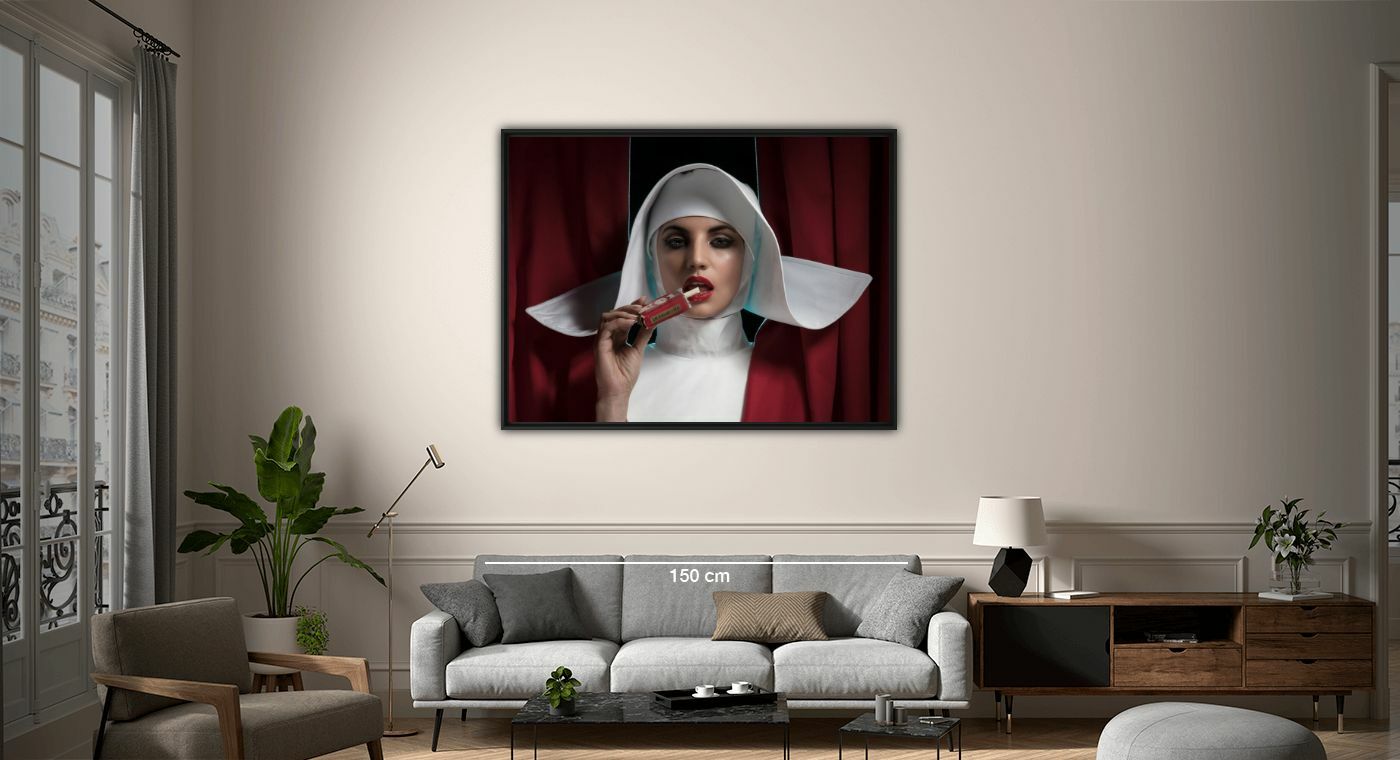Why photography ?
It is because I am not good at anything else! I can’t paint,I can’t draw and my singing career is not taking off. Kidding aside, My father was a amateur photographer and took many selfies of his 15 years in the US Navy and really beautiful vernacular portraits of my mom. So growing up there was a minolta camera, cherished photo albums and thousands of kodachrome slides. I remember making a projector out of a shoebox and a flashlight, I have 5 siblings and so we had a massive dining table. I would throw a blanket over said table and hold a slideshow of dad’s work. So early on I realized the emotional value of photography, the way it connects people, the unspoken universal language and most importantly how 1 photograph has the power to transport you into a whole different world. I adore the strength of this medium to inspire imagination.
Your inspiration ?
My first photography book didn’t have much photographs in it. Edward Weston’s daybooks where this towering photographer of the 20th century journal. For more than fifteen years, Edward Weston kept a diary in which he recorded his struggle to understand himself, his society, and his medium. Seldom has an artist written about his life as vividly, intimately, or sensitively. And for reasons that I couldn’t articulate then I was drawn to how his nudes looked like peppers and his peppers looked and felt like his shells. So this idea that pictures can be so different but still have this thread that is held together by an artists vision for me was mind blowing.Another big part of my world is the works of Duane Michals.Contemplative, confessional, and comedic, the art of Duane Michals exerts an appeal that transcends the conventional audience of photography. Since the early 1960s, Michals has worked past what he sees as the limitations of the camera: he writes in the margins of his prints, creates sequences of images that explore intangible human dilemmas (doubt, mortality, desire), and derives poetic effects from technical errors such as double exposure and motion blur. Richeille and I are so lucky to have become friends with Duane we have shared many evenings in his Manhattan home and he always instills the notion that it is the artist’s duty to always evolve and explore.
What is unique in your photographs?
I don’t know if it is unique, I mean photography has changed so much since the inception of digital. Everyone is a photographer nowadays. I do believe that Richeille and I made a pact the last time all the planets were aligned over 1,000 years ago, in the year AD 949, that we will meet again in 2015 to create art. To fall in love with photography is one thing.To fall in love while creating photographs is a whole other thing, and both happened to us. I believe beauty is what happens when people who care about each other make things together.
The context of creation of your new series?
Our newest series is entitled “36” our meditation on MountFuji. In winter of 2018 we returned to Japan, focused on channeling the artist Hokusai and Hiroshige and asked the question of what Mt. Fuji means to us. We consider Japan our spirit haven and are always yearning to come back and go deeper in our exploration of the people and the landscape. This new work moved us out of the city of Tokyo and into the countryside. Here we wanted to live under the ever changing appearance of Mt. Fuji and experience its burning energy, creating an ambiguous and psychologically evocative narratives with our women as they played out an imagined life under the strength of the mountain and beyond the edge of the frame.
The latest prizes / awards / prides you got ?
Hassleblad Masters 2019 nomination
Your next projects ?
“Swear Word in a Love Poem” is studio based, uncanny and perverse work that asks not simply to look at a picture but to look inside and see what else is there. Playing with imagery that has double edge allegories with underlying lyricism that reveal discomfort and pleasure.
Any crush on a YK picture ?
I love that you have Eugene Atget’s photographs. I consider him one of the founding fathers of modern photography. His window works are the first surrealist photographs and I particularly love his portraits of the prostitutes of Paris of the1920’s. He rarely photographed people but these endearing portraits of working women showed direct eye contact and he gave them elegance. "Vous allez finir à Monjol!"





